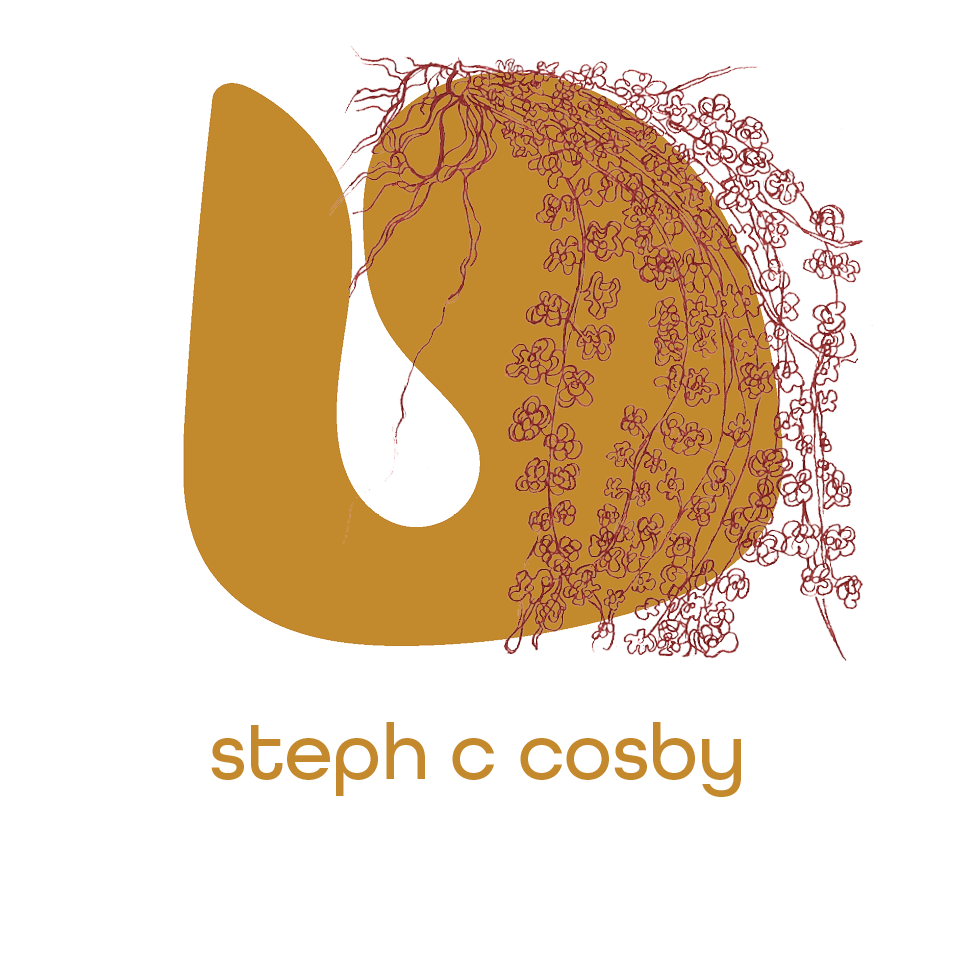Uterine Fatigue
Definition:
Uterine fatigue is an imbalance where the uterus is tired and, as a result, cannot hold the uterine arteries closed. This fatigue results in bleeding issues where blood either trickles out (fresh spotting) or floods (heavy bleeding). This continues until the uterus is able to gain enough energy to close the arteries. Uterine fatigue may occur because of overall body fatigue and also not resting the uterus adequately during menstruation.
* A note about period rest: It is recognized that we live with social, economic, and political forces that make it very difficult to get the rest needed on period days 1-4. It is recommended that when we have to keep working through period days 1-4 we reduce our energy output as much as possible. Go slower, do less, and sit down as much as possible. It can really help!
Life Events That May Trigger Uterine Fatigue
Sex / orgasm when tired
Sex / orgasm right before period starts or during period
Inadequate menstrual rest
Low quality or insufficient sleep
Uterine, bladder, rectal prolapse
Dieting
Health Cleanse
Postpartum
Other situation causing increased anxiety
Overwork
Chronic Stress
Trauma / PTSD
Grief - going through a break-up (partner/friend), loss, death
Caring for an elder or loved one
Loved one in crisis
Relocating
Travel
New job or work situation
Financial Insecurity
Planning and going thru a wedding/honeymoon
Graduation or big life change
Related Emotions
Worry
Indicators / Body Signs
Short menstrual cycle (27 days or less)
Spotting (fresh red or pink)
Two periods per month
Spontaneous bleeding
Post-sex bleeding
Post-bowel movement bleeding, especially if there is also prolapse.
Irregular bleeding
Ongoing periods that don’t stop
Long periods
Health Topics and Concerns
Early Ovulation
Unexplained Infertility / Difficulty Conceiving
Early Postpartum Menstrual Return
Abnormal Uterine Bleeding: Irregular periods - more than one period per month
Early Menarche
Pre-term Labor
Miscarriage
Fatigue
Medical Diagnosis and Treatment:
Uterine fatigue itself is not a concept from Western medicine. Short cycles are considered normal as long as they are consistent. Abnormal uterine bleeding may be dismissed as perimenopause as early as age 30. Heavy bleeding is usually monitored and endured until the point of needing a blood transfusion. Uterine bleeding is not often seen as something to treat even if it doesn’t fit a normal menstrual cycle pattern.
Signs of uterine fatigue may be medically diagnosed as the following:
Menorrhagia
Friable cervix
Abnormal uterine bleeding: Irregular periods - more than one period per month
Perimenopause
Medical treatment varies and ranges from a) not being treated at all; b) uterine ablation (burning the inside of the endometrial layer off); c) pain medications; d) birth control; e) hormone replacement therapy; f) dilation and curettage; g) progesterone inserted directly into the veins; or h) IUD insertion.
Traditional Asian Medicine / Acupuncture:
The concept of uterine fatigue correlates to patterns with Spleen Qi Deficiency and Qi Deficiency whose blood is escaping the channels. As uterine fatigue is discussed here it also may include heat bleeding patterns as it doesn’t distinguish if the bleeding is from Heat or Qi deficiency. But the term is mostly meant to pertain to Spleen Qi Deficiency type bleeding patterns.
STEAM RESPONSIVENESS - Moderate.
Your steaming routine needs to be coupled with additional practices to be all the way successful.
Uterine fatigue is moderately responsive to steam therapy but if, and only if, the user has the correct steam herbs, setup, duration, and schedule. Using the wrong herbs, setup, duration or schedule can be counterproductive.
That said, even when steaming correctly, nothing can replace rest. It’s like having coffee when tired. That may appear to be helpful time but, ultimately, it does not replace the need for sleep.
HOW DOES IT WORK?
When it comes to uterine fatigue, steaming can be helpful by introducing herbs that help to strengthen the uterus and prevent bleeding – however, steam therapy must be coupled with rest in order to be successful.
WHAT TO EXPECT
Ideally, steaming causes inter-cycle spotting or bleeding to go away entirely and elongate the cycle to 28 days. This usually happens over several months where the spotting improves a little each month and the cycle gets longer a day or two at a time until it reaches 28 days.
Sometimes the cycle stays the same or gets shorter. In these cases, it’s really important to work with a Peristeam Hydrotherapist to adjust the herbs, setup, and schedule.
STEAM THERAPIST RECOMMENDATION
Yes. It is necessary to work with a practitioner to find out the right steam setup, duration, and herbs. A Peristeam Facilitator can help with this. Usually, someone with uterine fatigue would never steam longer than 10 min duration, would not steam with an electric burner, and would use a hemostatic herb formula. In some cases, the duration might even be shorter and the herbs may need to be modified to best fit the user. Weekly steaming can often be helpful.
PERISTEAM HYDROTHERAPIST
For best results, a consultation with a Peristeam Hydrotherapist is recommended for a personalized steam schedule targeted specifically at uterine fatigue.
It is recommended to have an initial consultation plus follow-up consultations. The follow-up consultations should take place after each following period or monthly.
During the follow-up consultation, the steam therapist will be able to read the menstrual cycle to determine how the cycle is responding to the steam schedule and herbs, and modify it accordingly. With uterine fatigue, it is common that the steam plan and herbs will change after the first few periods.
DEDICATION TIME
Three months
People who work with a Peristeam Hydrotherapist and follow the steam schedule closely for several consecutive months get the best results naturally balancing uterine fatigue. By the end of the three months, the user should have a good steam routine and can reassess with the hydrotherapist what can next be prioritized.
For best results commit to working with an acupuncturist during this time.
